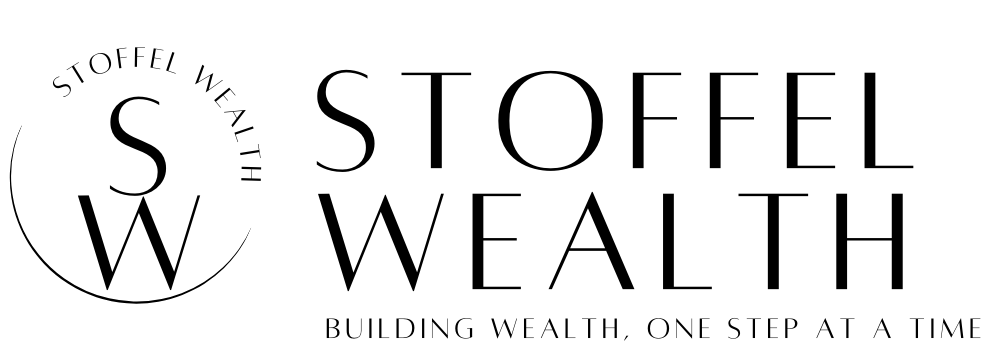Why Even a Crystal Ball Won’t Make You Rich
Imagine having tomorrow’s news today. Would you use it to strike it rich in the markets? That’s the premise behind a fascinating experiment conducted by Victor Haghani, James White, and Jerry Bell, described in their article “When a Crystal Ball Isn’t Enough to Make You Rich.” The results are surprising and deeply instructive for anyone who believes that information alone is the key to investment success.
As it turns out, even with what seemed like a dream advantage – advance access to the Wall Street Journal’s front page – most people still failed to generate meaningful profits. The reason? Poor decision-making, overconfidence, and an inability to manage risk properly.
This post breaks down the key lessons from the experiment and why it should matter to you as an investor.
The Experiment: What If You Had Tomorrow’s News?
In late 2023, the authors ran a live simulation called the Crystal Ball Challenge. The participants were 118 graduate students in finance and MBA programs who were given $50 each and 45 minutes to trade the S&P 500 and 30-year U.S. Treasury bonds over 15 randomized days spanning from 2008 to 2022.
The twist? Each player received the front page of the WSJ one day in advance but without any stock or bond price information.
In theory, this advance knowledge should have been a massive edge. But the results tell a different story.
The Results: A Dream Turns into Disappointment
Despite the advantage, half of the participants lost money, and one in six went completely bust. The average return was just 3.2% – barely above break-even – and statistically indistinguishable from chance.
What went wrong?
- They weren’t much better than a coin toss
Participants correctly predicted market direction just 51.5% of the time. Even with macroeconomic headlines, interpreting how markets would react proved harder than expected.
- Poor trade sizing and misuse of leverage
Even when players had a better-than-average chance of being right (e.g., 2-to-1 odds), they didn’t increase their bet size. Conversely, on many days they used leverage of 20x or more, despite low confidence in the market’s direction. On 4% of trades, leverage reached 60x, which often led to total losses after just one bad call.
- Lack of consistency between conviction and risk
The core issue wasn’t necessarily in making bad predictions. It was in risk management. Players failed to match their conviction with their capital allocation, a mistake that proved costly.
What Happens When Professionals Play the Same Game?
To benchmark the results, the authors invited five veteran macro traders, including a hedge fund founder and a former Jane Street trader, to play the same simulation.
Their results were markedly better:
- All five made money
- Average return: +130%
- Median return: +60%
Their edge wasn’t simply in making better forecasts (they were correct about 63% of the time). The real difference came from disciplined position sizing. These pros avoided bets when they weren’t confident and increased their exposure only when the setup justified it.
In short: information helps, but discipline matters more.
What This Means for Retail Investors
If trained finance students, armed with tomorrow’s headlines, still couldn’t reliably beat the market, what does that say about the average investor scanning social media feeds for trade ideas?
The lesson is clear:
Edge is nothing without risk control.
Forecasting is meaningless without proper sizing.
This echoes what legendary investors like Howard Marks and Ray Dalio have said for decades: it’s not just what you know, it’s how you act on it. The biggest risks in investing often come from within: our overconfidence, impatience, and emotional responses to noise and news.
What Makes a Good Investor?
The experiment validates a provocative quote from Ray Dalio:
“He who lives by the crystal ball will eat shattered glass.”
And it aligns with Nassim Taleb’s hypothesis: even if you gave investors tomorrow’s headlines, most would still go bust within a year. Why? Because they wouldn’t know how to size their bets or manage the risks of being wrong.
Even more fascinating, when the game was opened to the public online, over 1,500 people played, and the median result was a 30% loss. Just 40% ended with a profit, and over one-third went bust.
The biggest takeaway? Financial success is not about knowing the future. It’s about preparing for uncertainty.
Takeaways for Investors
Here’s what the Crystal Ball Challenge teaches us and why it matters for your investing journey:
- Information ≠ Advantage
Knowing the news ahead of time doesn’t guarantee success. Markets are complex systems, and how they react to news often defies expectations.
- Discipline > Prediction
The pros outperformed not because they predicted better, but because they risked less when uncertain and bet more only when confident.
- Leverage Is a Double-Edged Sword
When used recklessly, leverage turns minor mistakes into catastrophic losses. If you don’t have an edge, leverage just magnifies your failure.
- Risk Sizing Is Everything
It’s not just about whether you’re right—it’s about how much you bet when you’re right (and wrong). A poor understanding of position sizing can destroy your returns.
- Education Should Focus on Process, Not Prediction
This study shows the need to train future investors not just in analysis, but in decision-making under uncertainty, including how to size positions and manage drawdowns.
Conclusion: You Don’t Need a Crystal Ball – You Need a Framework
The financial world loves the idea of predicting what’s next. But as this experiment shows, predicting correctly is hard—and even when you’re right, it doesn’t matter unless you manage your bets wisely.
At StoffelWealth, we believe in long-term, process-driven investing. That means embracing uncertainty, managing risk, and investing with discipline – not trying to outguess the market based on headlines or hype.
So next time you’re tempted to make a big move because of a “can’t-miss” story, remember this: even with a crystal ball, most people lose money.
You don’t need to be a prophet. You just need to be patient, rational, and disciplined.
The crystal ball challenge is still open to the public if you would like to try it yourself.

